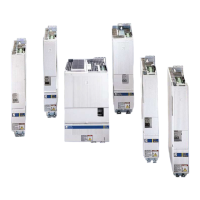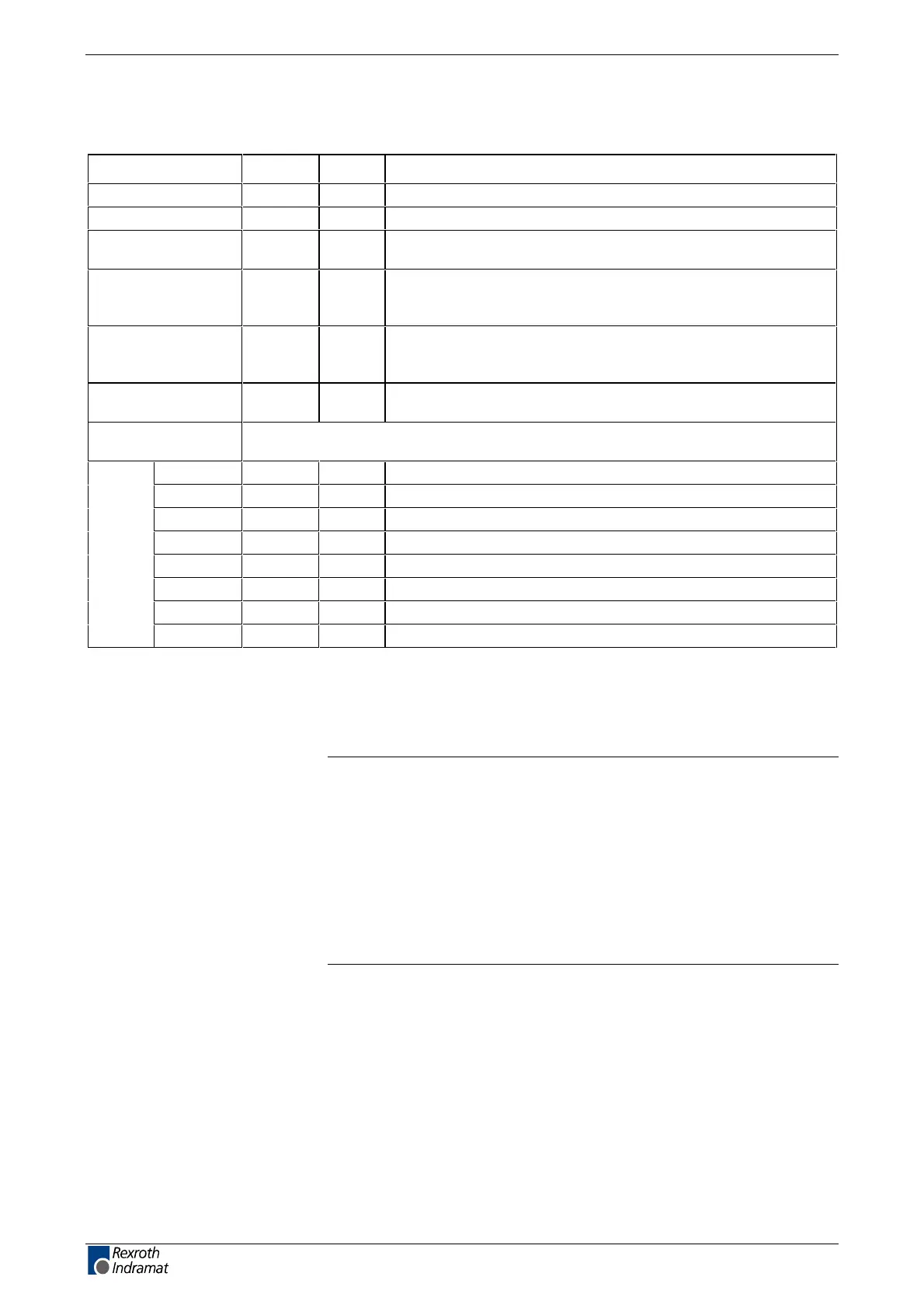5-6 srellortnoC evirD 30EVIRDOCE610-3.**CKD 30EVIRDOCE
Control voltage connection
(Data applies to ambient temperature of 25 °C)
WF-7-610-3.**CKDtinUlobmySnoitangiseD
Control voltage U
N3
V )8.82 ... 2.91( CDV
egnar egatlov tupni deecxe ton yamwtceffe elppir .xam
max. allowed
overvoltage
U
N3max
* evititeper non ,sm 1 rof V 54V
)
max. charging
current
I
EIN3
2A
(see diagram on page 5-7 "Charging current prole of control
voltage"
)
max. pulse duration
of I
EIN3
t
N3Lade
06sm
(see diagram on page 5-7 "Charging current prole of control
voltage"
)
max. input
capacitance
C
N3
2.1 x 0.3Fm
Power consumption
(X1)
dependent on type of unit, without external load at control outputs and
encoder interface 2
DKC01.3 P
N3
51W
DKC02.3 P
N3
51W
DKC03.3 P
N3
61W
DKC04.3 P
N3
71W
DKC05.3 P
N3
61W
DKC06.3 P
N3
61W
DKC21.3 P
N3
61W
DKC22.3 P
N3
61W
Fig. 5-5: Control voltage connection for DKC**.3-016-7-FW
*
)
To be obtained by appropriate mains sections and shielded wire routing.
Connections for control voltage: see page 5-19 "X1, Connections for
control voltage".
Note: Overvoltages of more than 45 V have to be derived by
measures in the electrical equipment of the machine or
installation. This includes:
• 24-Volt mains sections that reduce incoming overvoltages
to the allowed value.
• Overvoltage limiters at the control cabinet input that limit
existing overvoltages to the allowed value. This also
applies to long 24-Volt lines that have been laid in parallel
with power and mains cables and can absorb overvoltages
caused by inductive or capacitive coupling.
customerservice@hyperdynesystems.com | (479) 422-0390

